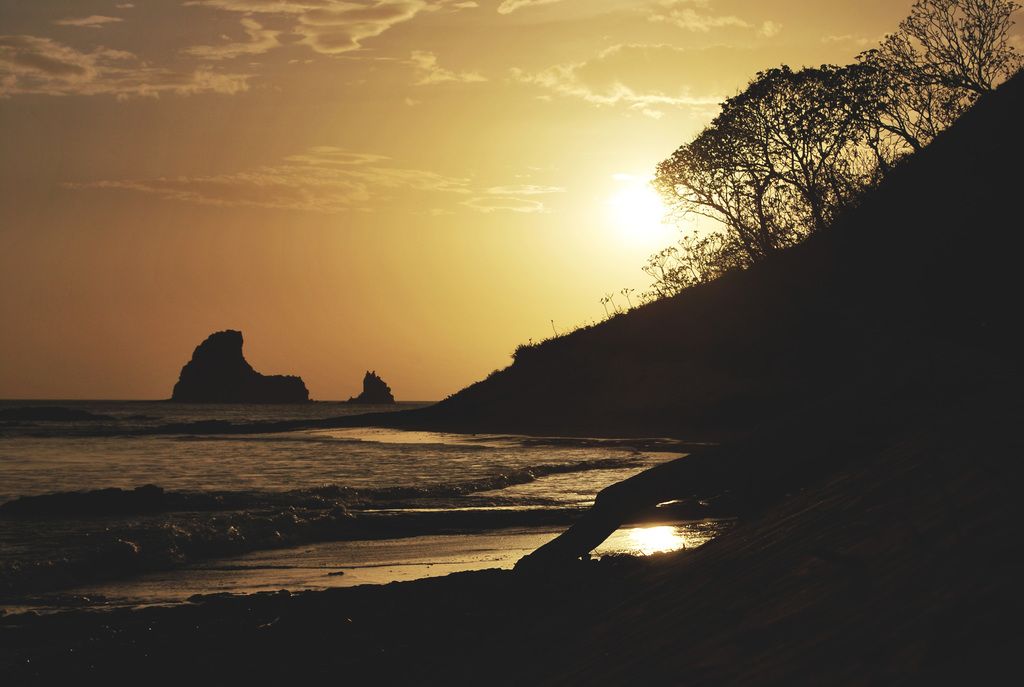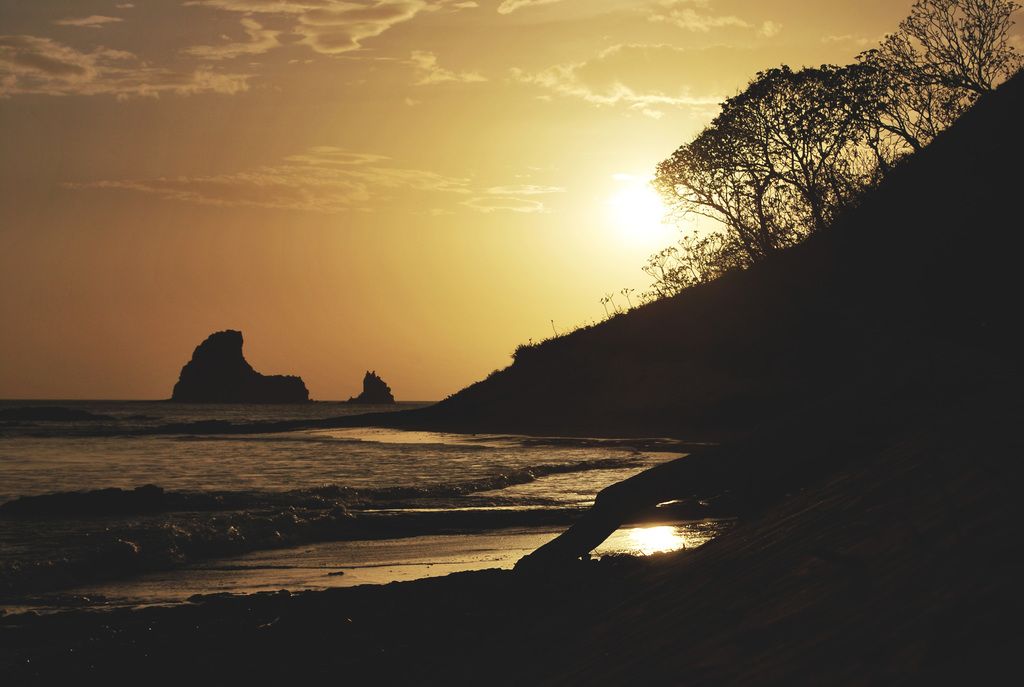Title: Winter Headaches: Why Germany's Trains Struggle in Cold Climates
Germany's famed railway system, Deutsche Bahn (DB), has been under the microscope lately. The reason? Having a hard time adapting to chilly weather. This winter, intense cold and heavy snowfall caused massive disruptions, leaving passengers stranded and fuming. Critics have questioned DB's readiness and reaction to winter's extreme conditions.
The Storm's Fury
munich, one of germany's key transit hubs, endured an especially harsh winter onslaught. The merciless weather mix of heavy snowfall in a short period and icy temperatures took a toll on DB's infrastructure and equipment.
A Bit Confusing
Responses from various parties, including DB and Bavaria's Transport Minister Christian Bernreiter, have been inconsistent. While DB blamed the unexpectedly severe weather as the primary culprit, Bernreiter cited significant savings made on snow removal equipment and winter-ready gear.
Adding Fuel to the Fire
Bernreiter further argued that railways have been operating under tight budgets. The lack of winter-ready equipment and staff left DB unready for harsh conditions. Heino Seeger, a former Bayerische Oberlandbahn managing director and railway operations manager, echoed Bernreiter's sentiments. He emphasized that it's often smarter to skip working in such conditions rather than fighting against the snow and elements.
The Imperative for Change
Recognizing that climate change intensifies extreme weather situations, Detlev Neuß, Federal Chairman of passenger association Pro Bahn, advocated for a shift in mindset. Neuß suggested allocating more funds to handling harsh weather conditions, addressing it not just as a matter of cost savings.
Fencing Off the Problem
Another issue that compounded the problem? Lack of snow fences. These barriers, numberous in some countries, would've significantly reduced the chaos caused by snowdrifts on the tracks. Markus Hecht, Head of the Rail Vehicles Department at the Technical University of Berlin, pointed out this absence of snow fences.
Switzerland and Austria: The Smart Ones
Unlike Germany, Switzerland and Austria navigate winter conditions more effectively. Their railways are equipped with better snow clearance vehicles and have staff prepared to tackle such situations. Their geographical positions and winter experience allow them to maintain better service in wintry weather.
Lessons from the Past
Heino Seeger reminded us that Germany's railways had a more proactive approach in the past. Locomotives equipped with plows cleared tracks overnight during major snowstorms, ensuring the lines remained navigable, despite the high price tag. Seeger concluded that a determined will to operate and maintain railways in such conditions is paramount.
The Bavarian Investigation
The Bavarian state government initiated an investigation into this winter's debacle. The episode left many questioning Germany's railway readiness and emphasizing the need for a more robust and proactive strategy against winter's harsh conditions.
In Conclusion
Remarkable winter weather has left Germany's railways reeling. Inconsistent reactions, inadequate equipment, and a lack of preparation sparked criticisms from travelers and critics throughout Germany. As extreme winter conditions escalate with climate change, adapting and prioritizing resources for winter readiness become essential for Germany's railways to overcome harsh winter months.
Enrichment Data: The analysis of the comparison between Germany, Switzerland, and Austria's railway preparedness raises some key insights. Switzerland and Austria have invested in both infrastructure and equipment to combat harsh winter conditions. Their initiatives include improved snow clearing vehicles, skilled staff, and a proactive approach to handling extreme winter weather.
Conversely, Germany has faced criticism for cost-cutting measures that have left its railways less equipped for harsh weather. Inadequate winter-ready equipment and staff, as well as the lack of foresight in installing measures like snow fences, contributed to this year's winter mess.
References:
The provided sources do not offer specifics on Switzerland and Austria's railway strategies against winter weather. However, they do provide a broader understanding of general winter-weather preparedness methods.
General Winter-Weather Preparedness Strategies
- Road Maintenance and Infrastructure Repair: Maintaining road infrastructure, addressing defects, and utilizing winter tires improves driving in snowy and icy conditions. Smart traffic systems, including sensors to monitor road conditions and adjusting traffic signals, can enhance response times and efficiency.
- Railway-Specific Measures: Efficient snowplow scheduling, clear track routing, and maintaining road lighting can improve railway operations during winter. These measures, along with general winter-weather preparation strategies, play an essential role in enabling railways to operate effectively in adverse conditions.








